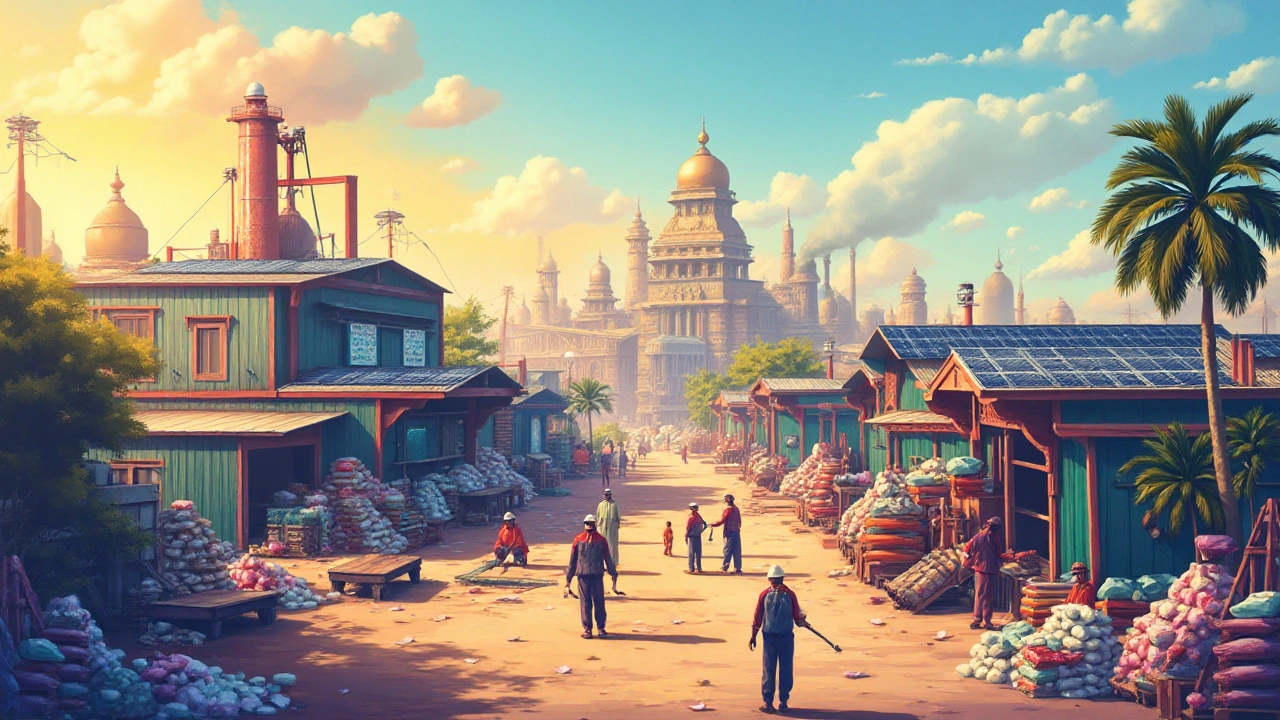Who Is the Biggest Plastic Producer? Facts, Players and What It Means
Ever wonder which nation or firm pumps out the most plastic each year? The answer shapes everything from raw‑material costs to the amount of waste we see on beaches. Knowing the biggest producer helps you spot price trends, identify reliable suppliers, and understand the environmental impact of the industry.
Top Countries Leading Plastic Production
In 2024 the United States, China and Germany topped the global chart for polymer output. China remains the clear leader, accounting for roughly 30% of world‑wide plastic volume. Its massive petrochemical complexes and low‑cost labor keep production numbers high, but also make the country a focal point for waste‑management challenges.
The United States follows with strong demand from automotive, packaging and consumer‑goods sectors. American plants benefit from advanced recycling tech and a push toward bio‑based plastics, which slowly changes the mix of polymers produced.
Germany, though smaller in total tonnage, leads in high‑value engineering plastics. German firms focus on quality, precision molding, and sustainable production methods, making them preferred partners for automotive and medical device manufacturers.
Major Companies Shaping the Global Market
On the corporate side, a handful of giants dominate the supply chain. Companies like Dow, BASF, Sinopec and LyondellBasell control large swaths of the resin market. Dow and BASF, both based in the US and Germany respectively, invest heavily in circular‑economy projects and claim to increase the share of recycled content in their products.
Sinopec, China’s state‑owned oil and chemicals behemoth, runs some of the world’s biggest polyethylene and polypropylene plants. Their scale lets them offer competitive pricing but also means they face scrutiny over plastic‑waste footprints.
LyondellBasell, a Dutch‑American hybrid, specializes in specialty polymers used in automotive interiors and high‑performance packaging. Their focus on innovation keeps them at the cutting edge of lightweight, recyclable plastics.
If you’re sourcing material, look beyond the headline numbers. Check a supplier’s feedstock source, their recycling rate, and whether they comply with local environmental standards. Companies that publish transparent sustainability reports usually make it easier to align your own eco‑goals with theirs.
Understanding who the biggest plastic producer is gives you a leg up in negotiation, forecasting, and risk management. Whether you’re a packaging designer, a small‑batch manufacturer, or a sustainability officer, the data points above help you make smarter choices.
Keep an eye on policy shifts too. Nations that tighten single‑use bans or raise recycling targets can quickly alter demand patterns, affecting the biggest producer’s market share. Staying informed means you can adapt before price spikes or supply gaps hit your project.
In short, the biggest plastic producer isn’t a single entity—it’s a mix of leading countries and multinational firms that together drive the industry. Knowing their strengths, weaknesses, and sustainability moves lets you plan better, cut costs, and support a greener supply chain.

World's Leading Plastic Producers: Spotlight on Industry Giants
In the complex landscape of plastic manufacturing, uncovering the biggest producer involves understanding market dynamics, production capacity, and global influence. With the demand for plastic products increasing, a few industry giants dominate the market by navigating challenges and innovations. This article explores the leading companies shaping the plastic industry, highlighting their contributions and significance. From petrochemical roots to sustainability initiatives, learn about the players driving the future of plastics.
Read More